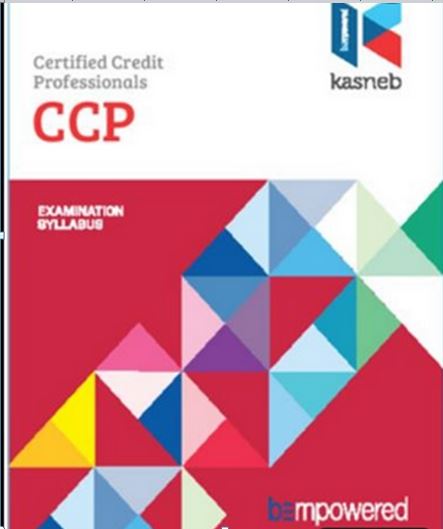CCP Foundation- Introduction to Law and Governance

About Course
UNIT DESCRIPTION
This paper is intended to equip the candidate with the knowledge, skills and attitude that will enable him/her to apply the principles of law and legal systems in an entity and ensure compliance with basic principles of governance and ethics.
LEARNING OUTCOMES
A candidate who passes this paper should be able to:
- Demonstrate knowledge of essential elements of the legal system
- Demonstrate knowledge of legal personality
- Apply law of contract and tort in various scenarios
- Apply general principles of business law in practice
- Apply fundamental principles of ethics in practice
- Comply with fundamental principles of governance
Course Content
1. Nature, Purpose and Classification of Law
-
Nature, Purpose and Classification of Law
-
Basic Law Definition
-
Sources of Law
00:00 -
Common Law- Definition; Doctrine of Stare Decisis; Case Law
00:00 -
Doctrine of Equity ;Rights in Rem
00:00 -
Customary Law: African, Hindu, Islamic
00:00
Administrative Law
3. The Court System
4. Alternative Dispute Resolutions (ADR)
5. Law of Persons
6. Law of Tort
7. Law of Contract
8 Sale of Goods
9. Agency
10. Partnership
11. Indemnity and Guarantees
12. Insurance
13. Negotiable Instruments
14. The Law of Property
15. Introduction to corporate governance
PAST PAPERS
Student Ratings & Reviews

No Review Yet
